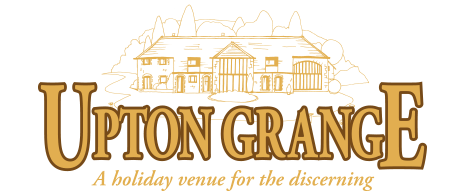Portland’s greedy – it’s got three of them. They’re all down at the Bill, the southernmost tip of the island, although you’ll be forgiven for not immediately spotting them all. Only the most modern has the tall, slender figure that we associate with the name.
And none of them function as lighthouses. The massive lamp was only recently removed from the most modern of the towers. Ships no longer rely on coastal lights for navigation – they all have GPS.
The lighthouses of Portland Bill
This disruption is called the Portland Race and it has a fearsome reputation. Some consider it the most dangerous area of broken water in the English Channel.
The Race has created the hazard known as the Shambles – a shallow area of sand and shingle to the south east of Portland Bill. From the Bill, turn left a little and look out to sea. You can probably see the white waves battering one another as they converge over the Shambles.
For over one hundred years, until 1976, a lightship was moored out there to warn sailors. Now automated buoys do the same job.
Unsurprisingly, there has been some sort of light on the Bill since Roman times. In 1716 the first formal lighthouse was built and not one of them, but a pair. They are referred to as the Lower Lighthouse (to the east) and the Higher Lighthouse (to the west). Both have since been rebuilt in Victorian times.
In 1844 the Admiralty built the huge stone obelisk at the tip of Portland Bill, as a daytime marker for vessels. In 1906 this was joined by a tall lighthouse that appears on most holiday snaps today.
The Old Lower Lighthouse is now the Portland Bird Observatory, while the Old Upper Lighthouse is a holiday let.
You can climb the tall lighthouse when the visitor centre at its base is open. Unsurprisingly, it offers fantastic views.
Pulpit Rock and rock ledges
The rock, like the rest of the Bill landscape, is the result of quarrying. For hundreds of years tons of Portland stone have been removed, for use in often grand buildings elsewhere. You’ll find the remains for quarrymen’s shelters at the Bill – crude huts made from massive blocks of stone.
Look closely in the rock ledges and you’ll find fossils, for which this entire coastline is famous. These ledges are also the result of quarrying. Massive layers of rock have been removed from the area. What must it have looked like, hundreds of years ago, before the quarrying got going in earnest?
The area provides dramatic views and makes for exciting walking, particularly when the tide is high and the waves stirred up by the weather. Take care on the rocks.
Despite their solid appearance, the rock ledges are being slowly cut away by the sea. The whole of Portland Bill is shrinking, as the relentless waves nibble at the rocks. From time to time there is a dramatic collapse.

How to get to Portland Bill
Other places to explore near Portland Bill
Portland Bill Visitor Centre – this provides more information about the history of the area, along with a guided tour of the lighthouse.
Red Crane – this is one of several industrial relics on the coast near Portland Bill. It’s part of a disused stone loading quay. It’s to the east of the lighthouse.
Blow Hole – go a little further east, past a second old crane, and you’ll find the Blow Hole. It’s a hole in the roof of Cave Hole, a large natural cavern cut by the seas. The Blow Hole is covered by a solid iron grating. While that stops you from getting into the cave, it doesn’t prevent the sea from bursting out of it from time to time.
Southwest Coast Path – the Bill is on the route of the South West Coast Path. Follow this path in either direction to explore the coastline in this area.

